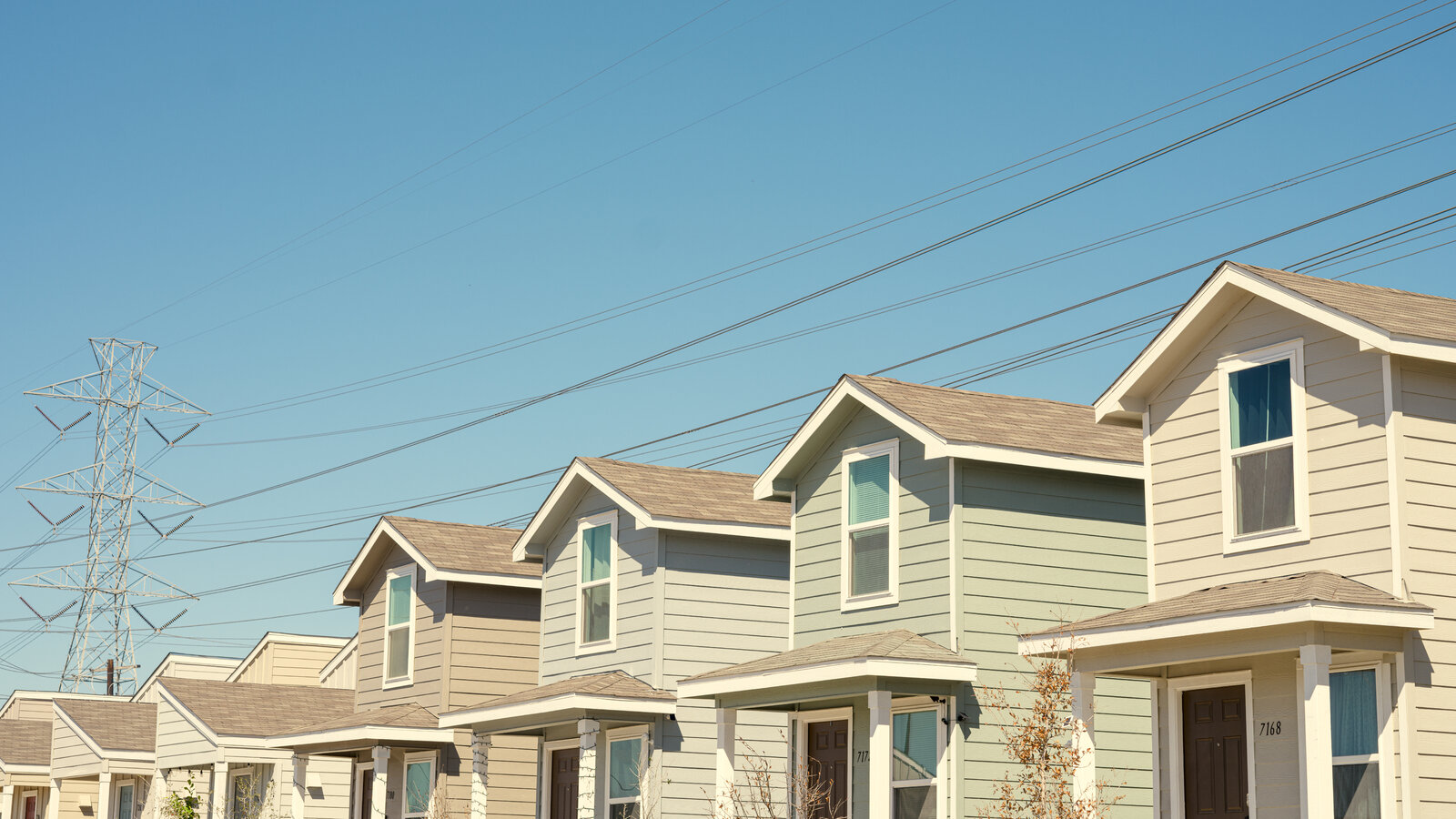Freshly unveiled government statistics have reinforced what has been evident for at least a year: the root cause of inflation is not widespread price hikes but rather a nationwide scarcity of housing.
Inflation clocked in at 3.1% over the past year—a decrease from 2021, yet still substantial enough to keep the Federal Reserve cautious about maintaining elevated interest rates. However, unlike the inflationary surge observed in the pandemic’s aftermath, the recent spike has been predominantly propelled by escalating shelter expenses, encompassing both actual rent paid and the estimated rental value of owner-occupied residences.
Since the onset of last year, most prices have exhibited sluggish growth or remained stagnant. The cost of goods—tangible commodities—essentially stagnated, registering a mere 0.1% increase. Food inflation, a sore spot for many households post-pandemic, remained under 3%.
Certain price categories witnessed a decline: household energy costs plummeted by 2.4%, while automobile prices dipped just over 1%. Overall, excluding housing, inflation stood at a modest 1.5%, a level that would have caused Fed optimism if housing prices had followed historical trends.
However, housing costs have outpaced historical norms, with the two-year price surge surpassing any seen in the past four decades. This lopsided inflationary landscape sheds light on who bears the brunt of inflation and how it should be tackled.
The disproportionate influence of shelter inflation implies that individuals with stable housing arrangements—be they homeowners or renters with unchanged leases—experience inflation differently from those grappling with surging housing expenses.

Rising housing costs, while boosting homeowners’ wealth, pose challenges for many renters. Since the outset of 2022, housing wealth has surged by over $2 trillion, primarily benefiting homeowners.
This disparity carries generational ramifications. Individuals under 35, with homeownership rates roughly half that of retirees, are particularly vulnerable to escalating housing expenses while missing out on the wealth accumulation that accompanies it. Conversely, retirees, buoyed by increasing housing wealth and safeguarded by Social Security and Medicare against inflation, tend to fare better.
Addressing housing-driven inflation necessitates distinct strategies from those employed to counter broad-based price surges. One might have anticipated that the Fed’s interest rate hikes, leading to a rapid ascent in mortgage rates, would temper housing prices.
Yet, while prospective homebuyers retreated from the market, residential listings plummeted during the pandemic and have yet to rebound, resulting in constrained inventories and elevated prices.
The most effective long-term solution lies in ramping up housing construction and rehabilitation on a significant scale. The housing crisis demands a commensurate response, with estimates pegging the nationwide shortfall at anywhere between 1.5 million and 5.5 million units.
Legislation advanced by the House in 2022, allocating approximately $40 billion towards programs aimed at bolstering supply, such as the Housing Trust Fund, the Low-Income Housing Tax Credit, and HOME Investment Partnerships Program block grants, held promise. However, the bill faltered in the Senate and remains shelved until at least the next Congressional session.
In the absence of substantial federal legislation, policymakers at both the state and federal levels have increasingly turned to piecemeal measures to address the housing deficit. The Biden administration recently unveiled a suite of reforms—encompassing grants for low-income seniors and funding for manufactured home rehabilitation—that will inject tens of thousands of new residences into the market.
Meanwhile, a slew of bills passed in Sacramento in recent years aims to expedite housing development in California, home to a deficit of approximately 1 million units—nearly three times the shortage of any other state. Nonetheless, the data underscore the imperative for further action to alleviate building constraints and foster affordable housing.
While Fed Chair Jerome Powell and the Federal Open Market Committee remain steadfast in their commitment to combating inflation, Congress’s failure to address the national housing shortfall undermines these efforts. Had Congress acted decisively, the inflationary pressures of the pandemic era might have already subsided.
Ben Harris serves as the Vice President and Director of the Economic Studies Program at the Brookings Institution and has extensive experience as an economic advisor to President Biden.


